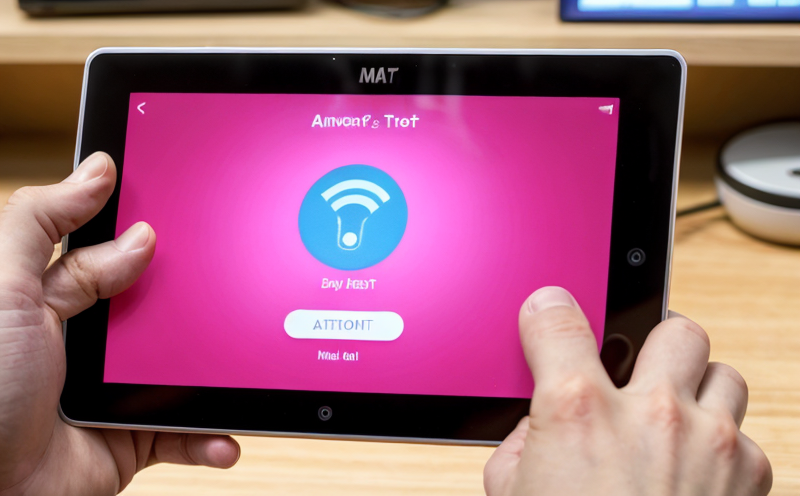Button and Keypad Life Cycle Testing
Button and keypad life cycle testing is a critical process within consumer product safety testing, especially in smart and connected devices. These devices are increasingly becoming integral to our daily lives, from smartphones and wearables to home appliances and automotive systems. The reliability of buttons and keypads directly impacts user experience and device longevity. This testing ensures that these components can withstand the repeated activations and deactivations they undergo during normal use.
The process involves simulating real-world usage conditions by subjecting the button or keypad to a defined number of cycles, typically up to 10 million presses. The objective is to assess whether the component will function correctly under these extreme conditions without failing. This testing not only ensures product safety but also enhances brand reputation and customer satisfaction.
The test setup includes specialized equipment that can apply force, measure resistance, and count cycles accurately. Specimen preparation involves selecting representative samples of each button or keypad type to be tested. After the test, detailed reports are generated, outlining performance metrics such as cycle counts achieved, any signs of wear, and failure modes if they occur.
For consumer electronics like smartphones, where buttons play a crucial role in user interaction, this testing is indispensable. It helps manufacturers identify potential issues early in the development process, allowing for timely fixes before products reach the market. In the automotive sector, where safety-critical devices are involved, such testing ensures compliance with stringent regulations and enhances overall vehicle reliability.
The importance of button and keypad life cycle testing extends beyond mere functionality; it also contributes to the broader concept of product durability and sustainability. By ensuring that components last longer without compromising on performance or safety, manufacturers can reduce waste and improve environmental impact.
Applied Standards
| Standard | Description |
|---|---|
| ASTM F1866-19 | American Society for Testing and Materials standard specifying the procedure for testing the durability of pushbutton assemblies. |
| IEC 62369:2014 | International Electrotechnical Commission standard detailing requirements for electrical equipment used in automotive applications, including those with mechanical interfaces like buttons and keypads. |
| Standard | Description |
|---|---|
| EN 60950-1:2006 | European standard providing general safety requirements for household and similar electrical appliances, which includes durability testing of control elements. |
| ISO/IEC TR 23874-1:2015 | International Organization for Standardization technical report offering guidance on the design and evaluation of electrical and electronic components used in consumer products, including life cycle testing. |
Customer Impact and Satisfaction
The impact of reliable button and keypad life cycle testing on customer satisfaction cannot be overstated. Consumers expect products to perform consistently without malfunction, especially in high-stress environments where buttons are frequently used. By adhering to stringent standards for durability testing, manufacturers can build trust with their customers.
When a product is known to withstand the rigors of daily use and extended periods of operation, consumers are more likely to recommend it to others. This positive word-of-mouth not only boosts brand loyalty but also drives sales growth. Moreover, companies that prioritize such testing demonstrate their commitment to quality and safety, which is crucial in today’s competitive market.
In addition to enhancing customer satisfaction, robust life cycle testing reduces the likelihood of product recalls and warranty claims. These occurrences can be costly and damaging to a company's reputation. By investing in comprehensive durability tests upfront, businesses can minimize these risks and focus on delivering value-added features instead.
Competitive Advantage and Market Impact
- Enhanced brand reputation through proven product reliability.
- Increased customer trust leading to higher repeat purchases.
- Reduced warranty costs and associated expenses.
- Prioritized compliance with regulatory requirements ensuring market access.
- Faster time-to-market by identifying issues early in the development cycle.
Button and keypad life cycle testing is a key factor that differentiates high-quality products from ordinary ones. Companies that invest in this service can position themselves as leaders in their respective markets, attracting loyal customers and fostering long-term relationships. This competitive edge ultimately translates into increased market share and sustained profitability.





